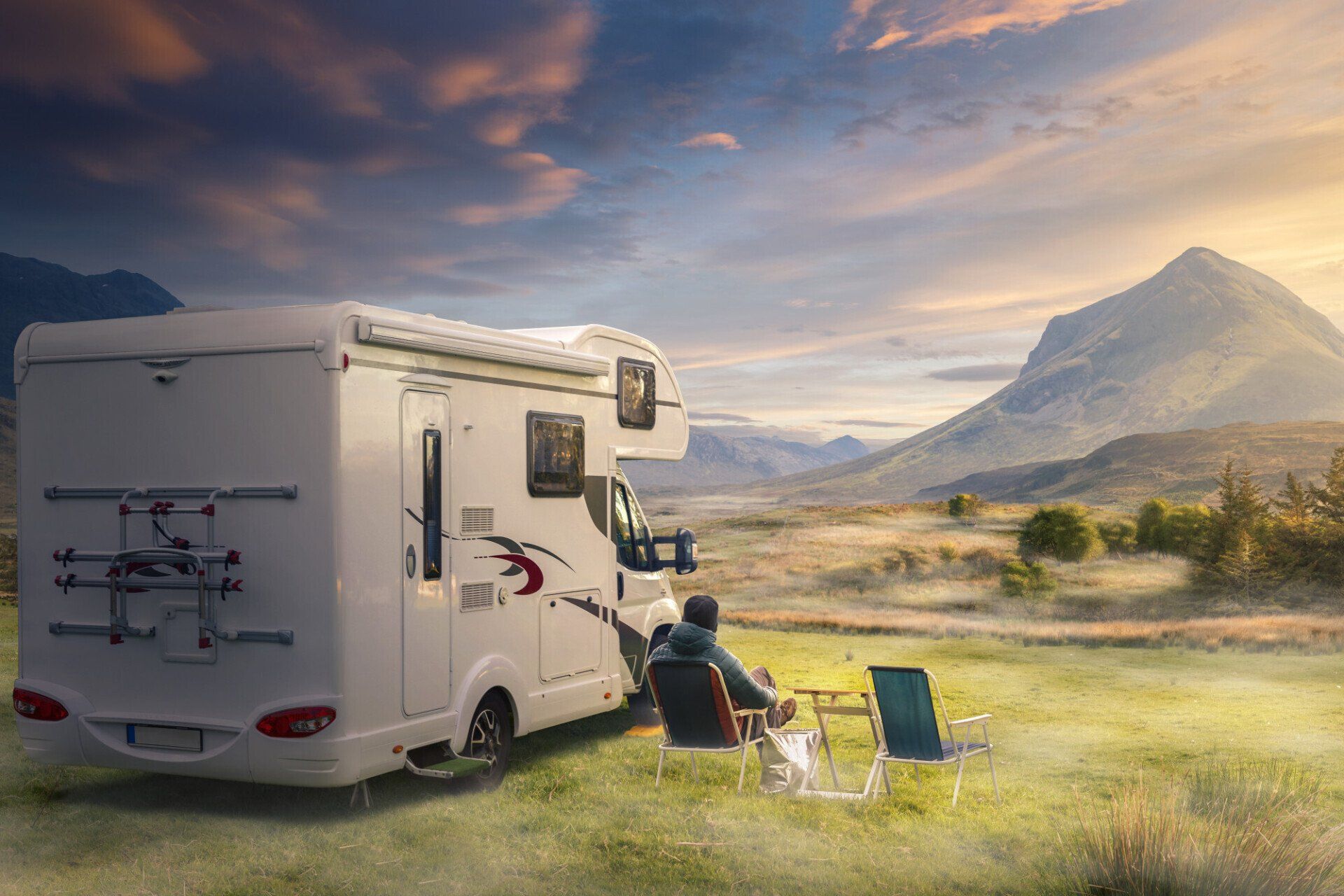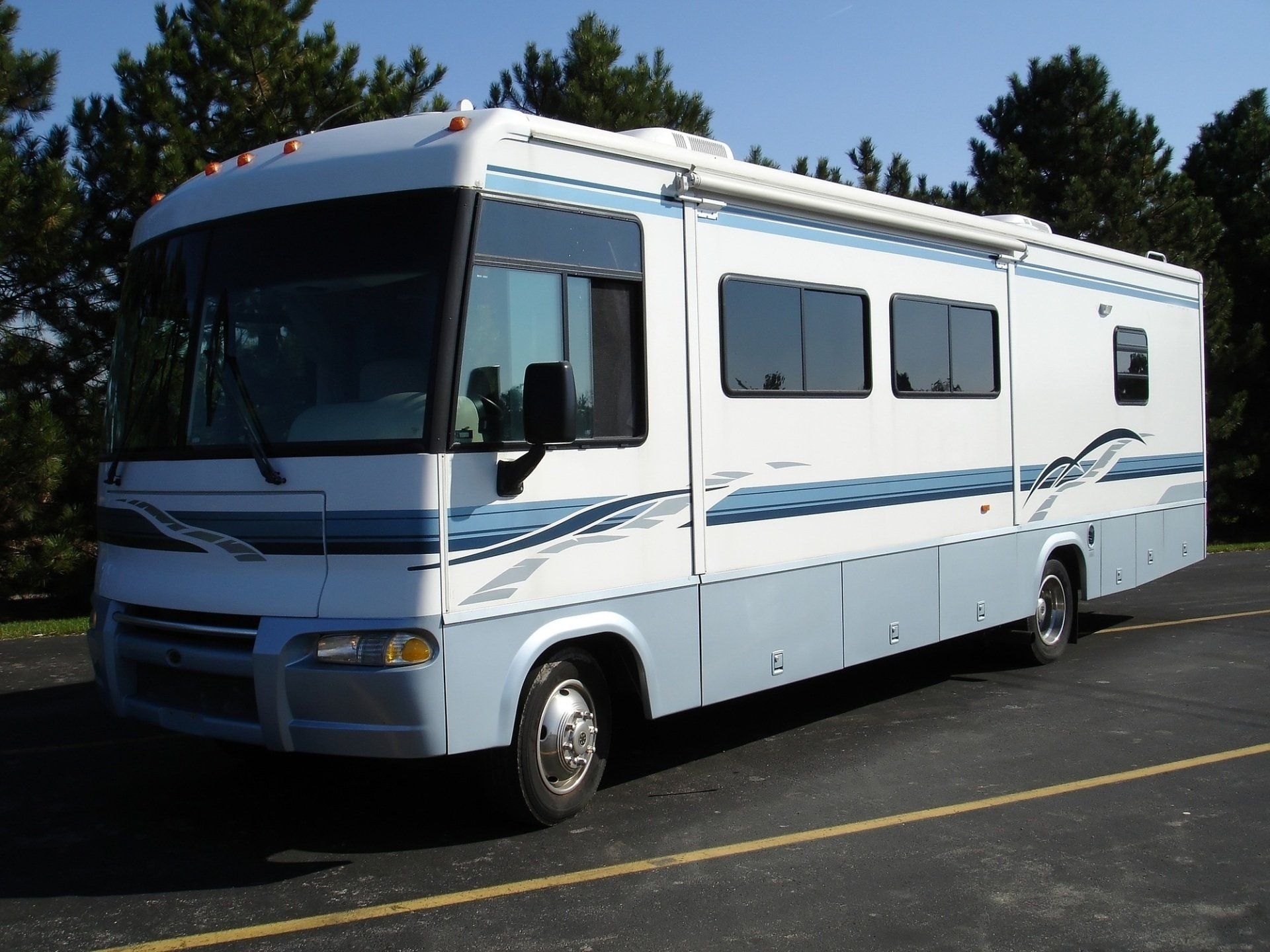A Complete Guide to RV Care
Recreational vehicles come in different lengths and sizes. Find out how to get more RV for your dollar with these tips for choosing the ideal RV size.
Sleeping under the stars, roasting marshmallows, and the hum of crickets lulling you to sleep in a hammock are just a few of the things so many of us love about camping.
And, for anyone who loves going on camping trips, it's important to have a trusty trailer to snuggle up in at the end of the day. That way you can stay warm and cozy no matter what season you enjoy camping in.
To make sure you buy the perfect RV, you'll need to know what RV size to get. If you're trying to figure out the perfect RV length, keep reading. We've put together five handy tips for sizing your RV!
A Brief RV Size Chart
Before we dive into how to choose the right RV, let's take a moment to talk about the different size RVs that you can choose. RVs are divided into several different classes so that it's easy to choose an RV that makes sense for your needs.
RV size classes range from A to C. However, there are a few additional sizes that don't fall within these categories. We've listed them below so that it's easy to pick the right size RV for your needs.
Class A: Motorhomes
The largest size and the first class of RVs are Class A RVs. Class A RVs are the huge RVs that you'll often see cruising the highways in style and that look more like charter buses than camper homes.
Motorhomes are the largest class of RVs out there. They're specially designed so that you can transport large numbers of people at a time, making them perfect for big families who are wanting an outdoor retreat.
Class A motorhomes range in size from 29 feet to 45 feet long. They're designed to sleep six people comfortably or a maximum of eight people in total.
Class A motorhomes, because of their size, tend to be the most luxurious motorhomes out there, too. These types of motorhomes include a master bedroom with a queen-size bed, a living room and entertainment area, a kitchen, and a bathroom.
Class B: Campervans
The second class of RVs is campervans. Any vehicle that falls into this category is considered to be a mid-size RV. Sometimes this class of campervan is referred to as conversion vans.
Campervans are built on a van chassis, making them perfect for traversing windy roads and steep slopes. As a medium-size RV, a Class B campervan can make its way into just about any campsite out there, making them extremely convenient for any vacation you plan.
On top of that, campervans are very easy to drive. They don't require as much gas, either, making them more affordable than Class A RVs.
Class B RVs are usually between 17 and 19 feet long and are appropriate for one to four people to sleep in. They are outfitted with beds, a refrigerator and small kitchen, a heating unit, and beds. Some campervans also include a bathroom, but not all of them do.
Class C: Campers
The third and final class of RVs are called Class C RVs. These RVs include campers and are the perfect size for anyone wanting something that's not overly big or overly small.
Class C campers range in size from 20 to 31 feet long. They're ideal for sleeping between one and eight guests, making them great for people who want to travel with the family or who want to travel solo!
Class C campers have two separate sleeping areas: one in the back of the camper and one above the cab of the vehicle. Some Class C RVs even have slideouts that will create more space for the family once the RV is parked and set up.
Aside from the sleeping spaces, this type of camper includes a bathroom, a kitchen equipped with a stove and a refrigerator, heating and air conditioning systems, and a living space. Some campers include sound systems and TVs in the living area so that you can enjoy movie nights in the wild!
Miscellaneous: Trailers
Class A through Class C RVs aren't the only types of campervans out there. There are a few RVs that don't fall into these classes but are still great vehicles for anyone wanting an outdoor getaway.
These vehicles are trailers and are typically attached to a car, SUV, or an RV. They're a great way to get outside and are usually a little bit cheaper than motorhomes or larger RVs would be.
Pop-Ups
One type of trailer is a pop-up. These campers fold down into a detachable trailer that can be pulled by any number of vehicles. When open, they provide a camper where families can relax and unwind.
Pop-up campers are quite small, usually ranging between 7 and 7.5 feet wide. Most pop-ups will open up to a height of between 4.5 and 5 feet tall, so they're a little bit lower than standard RVs.
Pop-ups are ideal for between 4 and 8 guests. They usually include a sink and a stovetop, a small dining area, and two double beds. Some pop-ups include a bathroom equipped with a shower and toilet.
Travel Trailers
Another type of trailer is a travel trailer. These trailers are hooked onto a vehicle using a special hitch that will help keep it from moving around too much when you're on the go.
Travel trailers are a great option because they include most of the same amenities as an RV. That means you can get all the creature comforts you want when you're sleeping under the stars!
Fifth-Wheel Trailers
Fifth-wheel trailers are connected to the tow vehicle using a special extension. The extension looks as if it's a fifth wheel that's part of your tow vehicle, which is how this type of medium size RV got its name.
Fifth-wheel trailers require at least a pick-up truck to pull them. However, they have a good deal of interior space, making them a roomy choice for larger families.
Plus, some fifth-wheel trailers have additional slideouts that create extra space. Typically, this type of trailer includes a living room, kitchen, bedroom, and bathroom.
RV Length Restrictions
To figure out what RV size you should get, it's important to check both state and national RV size restrictions. That way, you'll know exactly what size RV you'll be able to utilize in any given area.
While not all national parks have length restrictions, quite a few do. Here are the national parks that have size restrictions on the length of your RV:
- Denali National Park: 40 feet
- Grand Canyon National Park: 40 feet
- Saguaro National Park: 35 feet
- Hot Springs National Park: 60 feet
- Joshua Tree National Park: 40 feet
- Kings Canyon National Park: 35 feet
- Lassen Volcanic National Park: 45 feet
- Redwood National Park: 36 feet
- Sequoia National Park: 95 feet
- Yosemite National Park: 40 feet
- Black Canyon of the Gunnison National Park: 35 feet
- Great Sand Dunes National Park: 35 feet
- Mesa Verde National Park: 36 feet
- Rocky Mountain National Park: 40 feet
- Everglades National Park: 45 feet
- Yellowstone National Park: 50 feet
- KentuckyMammoth Cave National Park: 40 feet
- Glacier National Park: 40 feet
- Yellowstone National Park: 50 feet
- Death Valley National Park: 30 feet
- Great Basin National Park: 40 feet
- Great Smoky Mountains National Park: 35 feet for trailers and 40 feet for RVs
- Theodore Roosevelt National Park: 65 feet
- Crater Lake National Park: 50 feet
- Badlands National Park: 40 feet
- Great Smoky Mountains National Park: 35 feet for trailers and 40 feet for RVs
- Big Bend National Park: 90 feet
- Guadalupe Mountains National Park: 40 feet
- Arches National Park: 100 feet
- Bryce Canyon National Park: 50 feet
- Canyonlands National Park: 100 feet
- Capitol Reef National Park: 71 feet
- Shenandoah National Park: 100 feet
- Mount Rainier National Park: 27 feet for trailers and 35 feet for RVs
- North Cascades National Park: 122 feet
- Olympic National Park: 35 feet
- Grand Teton National Park: 45 feet
- Yellowstone National Park: 50 feet
In addition to these national park size restrictions, remember that you'll want to check your state size restrictions. With over 6,500 state parks across the United States, you have plenty of options but the restrictions can vary widely.
Tips for Choosing the Right RV Size
Now that you're equipped with information on different RV Sizes and what the length restrictions around the country are, you're ready to think about what RV you actually want to purchase.
To make your decision easier, there are a few things you'll need to think about first. Considering these five tips will help ensure that you purchase an RV that works for you and your whole family.
1. Think About How Many People You're Sleeping
The first question you need to ask when looking at RV sizes is how many people you're sleeping. Not all RVs are suitable for large families, which will impact how many people you're bringing.
On top of that, some trailers are best suited for two couples, rather than for a family with two kids. When choosing a trailer size, think about who and how many people will be coming with you on your trips.
2. Consider Your Destination
The next question to ask yourself is where you're likely to be camping. As mentioned earlier, lots of state and national parks have RV size restrictions. If you have a few parks that you know you'll be visiting, check their size restrictions before making a final decision.
On top of that, some RVs aren't appropriate for traversing rough terrain. You'll want to look at how easy it will be to maneuver your chosen vehicle up steep hills and sharp curves before you make your purchase.
3. Check Your Budget
When it comes to choosing an RV, your budget should be high on your list of priorities. A larger RV is going to come with a larger monthly or upfront payment, so you'll need to be prepared for that.
In addition, larger RVs use more gas. Gas prices quickly add up when you're traveling long distances, so be sure that you've factored this into your budget.
Finally, consider the amount of money you'll be spending on maintenance and upkeep. The larger the RV, the more costly repairs and maintenance will be. Keep this in mind when choosing an RV size so that you don't run into any unwanted surprises.
4. Consider Your Lifestyle
Another important factor to consider when choosing RV length is your lifestyle. If you go camping all the time, you may want to invest in a larger RV with more amenities to make your camping experience more comfortable.
Additionally, think about the activities you enjoy when camping. If you want to spend more time indoors than outdoors, a larger RV will have more space for relaxing inside.
5. Put the Driver First
The last tip for choosing the right size camper is to think about who will be driving the RV. You want to make sure that the cab is comfortable and roomy for the person who will be driving it regularly.
Check out the controls and steering for the vehicle before purchasing it to make sure that the driver will be comfortable maneuvering the vehicle. That way you won't have any issues when you're actually on the road.
Select the Right RV Size for Your Needs
Having an appropriately sized RV is the key to being able to get into any state or national park. Without an RV of an appropriate size, you won't be able to park your RV anywhere you like.
With this guide, it's easy to figure out what RV size you should buy. Make sure to keep all these tips in mind so that you can rent or buy the perfect RV for any future vacation you're planning!
Are you wanting to customize your own RV? Get in touch with the team at Fiberglass WorX and we'll help you detail your own trailer to perfection!



